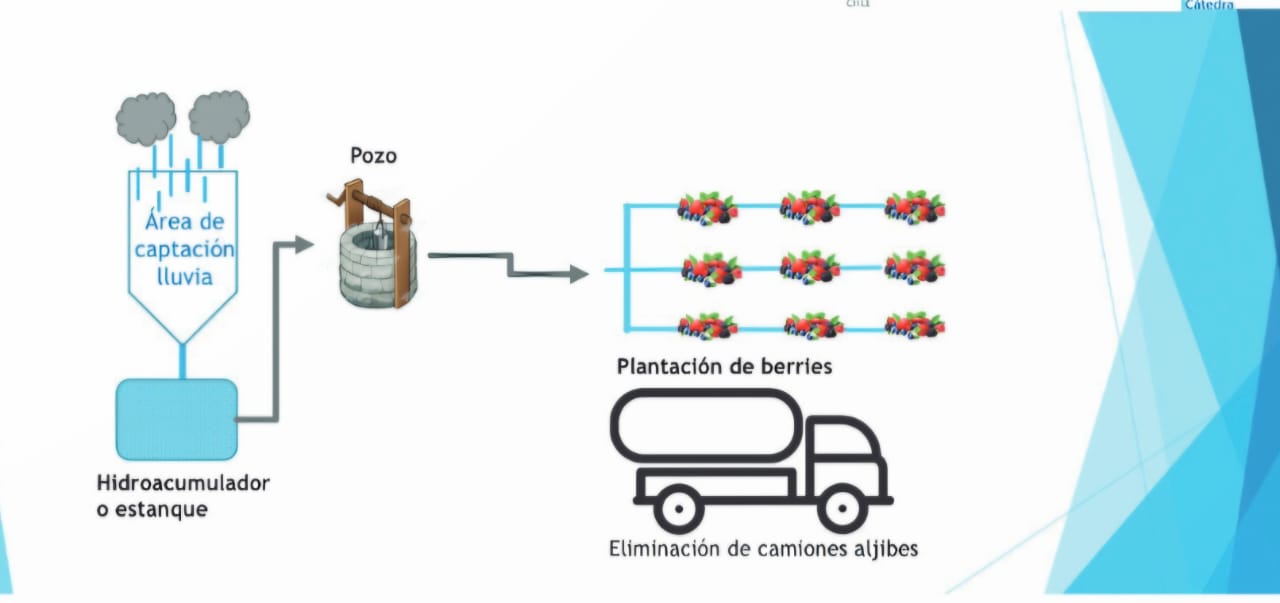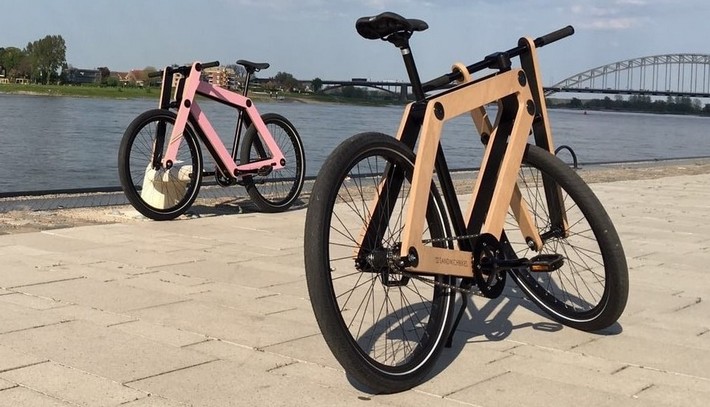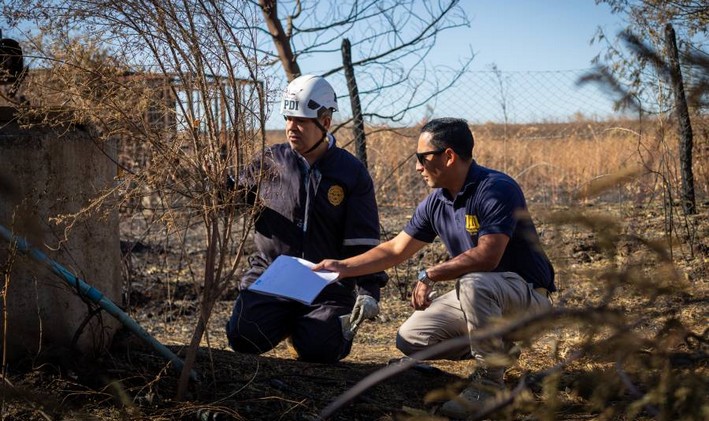ARAUCO's Commitment to Biodiversity Conservation and Restoration of Native Species in Southern Chile
To maintain ecosystem balance, production and biodiversity protection must go hand in hand. That is why, for over 10 years, this company has driven efforts promoting the conservation and restoration of native forests through various programs.
Chile has a globally significant biodiversity hotspot in its central-southern region, and its conservation has been one of ARAUCO's top priorities since beginning operations in the Maule, Ñuble, Biobío, and Los Ríos regions. As part of its sustainability strategy, the company has focused on complementing native forest conservation with sustainable production.
This was explained by Juan Anzieta, Manager of People, Environment, Safety, and Occupational Health at ARAUCO, who emphasized that "protecting biodiversity amid climate change, drought, and global challenges is crucial. That’s why we work daily to develop joint actions aligned with research, legislation, and community collaboration."
But what goals has the company set for itself?
To make a real impact and achieve ecosystem conservation, their main commitment is restoring 25,000 hectares of native forest—a goal aligned with Chile’s Nationally Determined Contributions (NDCs) to reduce greenhouse gas emissions and international agreements.
Additionally, they are committed to preventing the extinction of emblematic species like the Darwin’s fox and Darwin’s frog, as well as protecting species such as araucarias and ruil trees across all operational areas.
Going further, the company has taken other actions. Twenty years ago, it publicly pledged not to replace native forests, implementing protocols and policies to ensure effective conservation within its forest holdings. For example, in 2012, it launched a restoration program to convert all replaced areas back to native forest, especially those connecting high-conservation-value mosaics with positive social impacts. Since 1994, 25,000 hectares were declared replaced, and nearly 7,000 have been restored so far.
Additionally, 15,000 hectares affected by wildfires were identified, with over 80% recovering their coverage—even reaching pre-fire levels. "Restoration requires dedicated work, prioritizing areas critical for biodiversity or ecosystem services. This demands an integrated territorial approach to identify key restoration sites and define localized strategies," explained Juan Anzieta.
ARAUCO's efforts—supported by experts and its research center Bioforest—have led to significant progress, visible in the regions where it operates.
Restoring Protected Species in Mapuche Cultural Sites
Conservation efforts often bring additional benefits, and this is one such case. Months ago, ARAUCO and the indigenous Lenco and Quiñiquilco communities began a participatory restoration process to recover High Conservation Value Areas while unifying Mapuche cultural sites in the Peñas de Tubul estate, Gulf of Arauco.
These sites—Mawida Las Peñas, Treng Treng Mawida, and Quebrada Mawida—hold deep cultural significance for local communities as traditional ceremonial grounds.
"Our estates include productive areas, but also spaces vital to communities. This challenges us to operate while safeguarding these sites for their continued use," emphasized Andrés Fernández, Gulf of Arauco Estate Manager.
His words reflect the sentiments of local residents. Bernarda Marican, President of the Quiñiquilco community, noted, "Recovering our ceremonial sites is very important to us," while community member Juanita Sáez added, "These places reconnect us with our culture and ancestors."
Engaging Communities in Ecological Restoration
While ARAUCO is committed to native forest conservation and sustainable production, this requires collaboration between public, private, and community sectors. Thus, the company involves students from local schools in this mission.
A prime example was a native species planting event near Curanilahue’s Balneario Park, aimed at restoring spaces, enhancing biodiversity, and providing pollinator-friendly plants to support local beekeeping.
David Gutiérrez, ARAUCO’s Deputy Estate Manager, highlighted the initiative’s importance: "Partnering with neighbors and municipalities has revived a key space."
These are just two of many initiatives ARAUCO has launched, tailored to the unique landscapes and needs of its operational areas.
"The message is clear: ecosystem balance requires production and biodiversity protection to go hand in hand," reinforced Juan Anzieta.

















